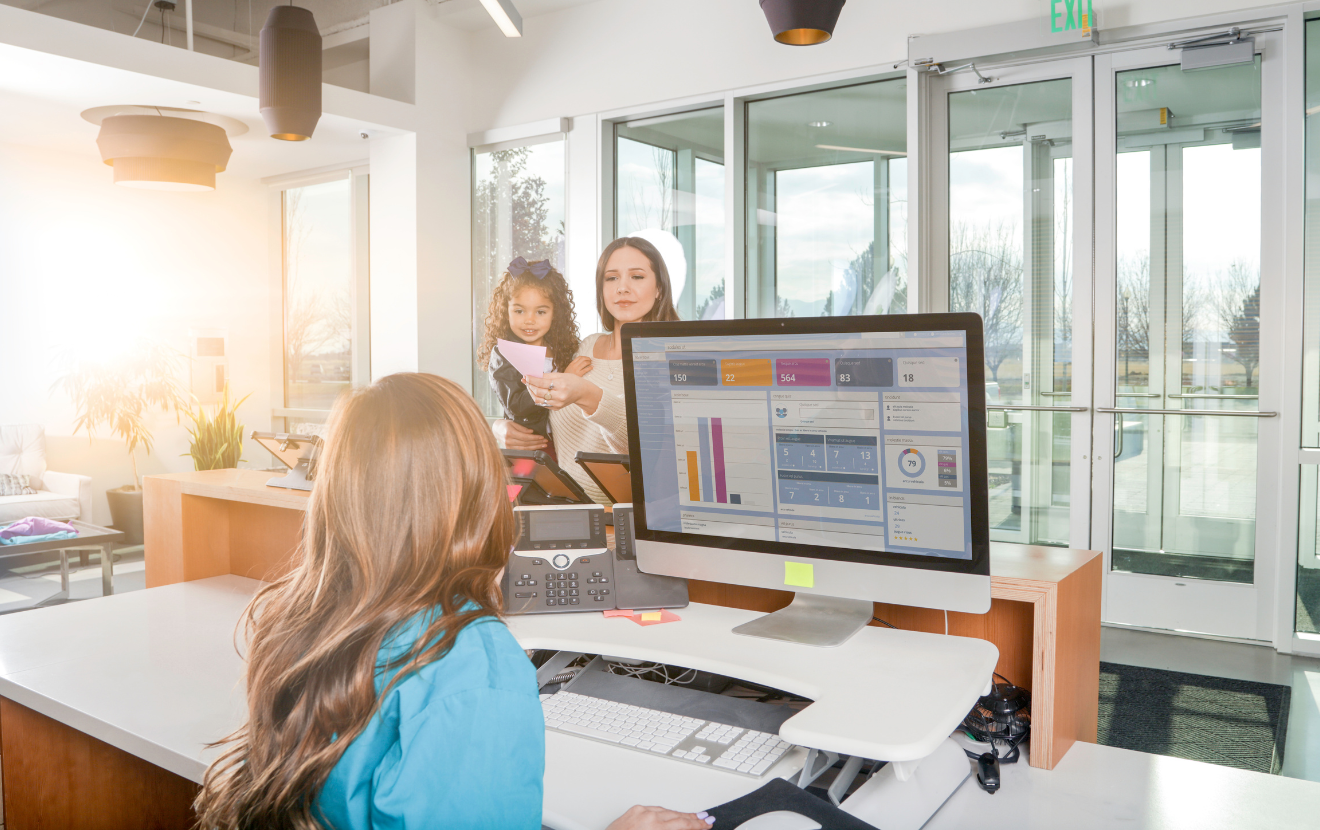There’s a heated debate that’s been going on for decades, the battle between open offices and private workspaces. And today that debate has a new dimension – working from home or at the office?
But what’s often lost is the very core of this debate is the fact that employees can be trusted to understand how they work best. By embracing this idea and empowering your employees by giving them choice over how they work, you have an opportunity to engage them on a deeper level, unlock higher levels of productivity, and ultimately win the war for talent in an increasingly competitive market.
How can you do this?
It begins with understanding that the very nature of work is changing. Credit union employees have traditionally engaged in repetitive task-based work, but today technology has automated many of those tasks away. The result is a highly skilled workforce that engages in more complex, project based work that involves a variety of both individual and collaborative activities throughout the day and week.
There’s a key to supporting these dynamic working styles: activity based working. It’s a concept rooted in listening to your employees and understanding the work they do, and using this knowledge to give them an opportunity to choose how and where to approach a given task.
For example, a credit union marketing department is highly collaborative. Employees benefit from the in-person interactions and casual conversation of an open plan workspace that brings down barriers between them. But these marketers also need time to put their head down and write content, design advertisements, and perform other focused work. And for this, the distraction of interruptions and overheard conversations can be a disaster. To support these activities, you need to provide quiet focus spaces. These can be hotel offices, café lounges, and the opportunity to work a day or two from home.
And it’s not just about getting away from distractions, it’s also about breaking away from isolation. Cubicles, offices, or working from home full time can make work more difficult for many employees, particularly early-career employees who benefit the most from in-person interactions and access to coworkers in mentor roles. Collisions, the impromptu conversations that arise between employees both in and out of their silos, also play a major role in developing a sense of community and culture in a credit union.
Ultimately, activity based working is the idea that there is not a one-size-fits-all solution for every credit union. The answer to “open office or private workspaces” and “work in the office or work from home” is most likely going to be “all of the above.” And the opportunity is understanding how those options can best support your employees.
When we approach a workplace strategy project, the most critical element is understanding how employees at the organization work and how they’re supported in the workplace. This lets us build highly customized workplace strategies that go beyond what a cookie-cutter workspace can deliver.
To learn more about activity based working and the impact that empowering your employees with choices can have on your organization, check out this article on our website.







